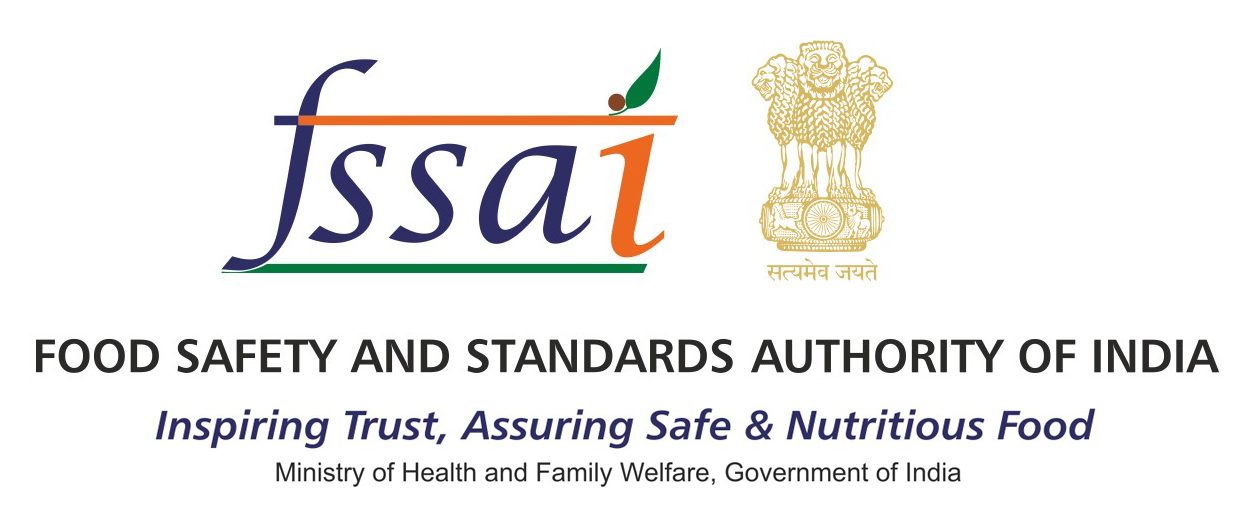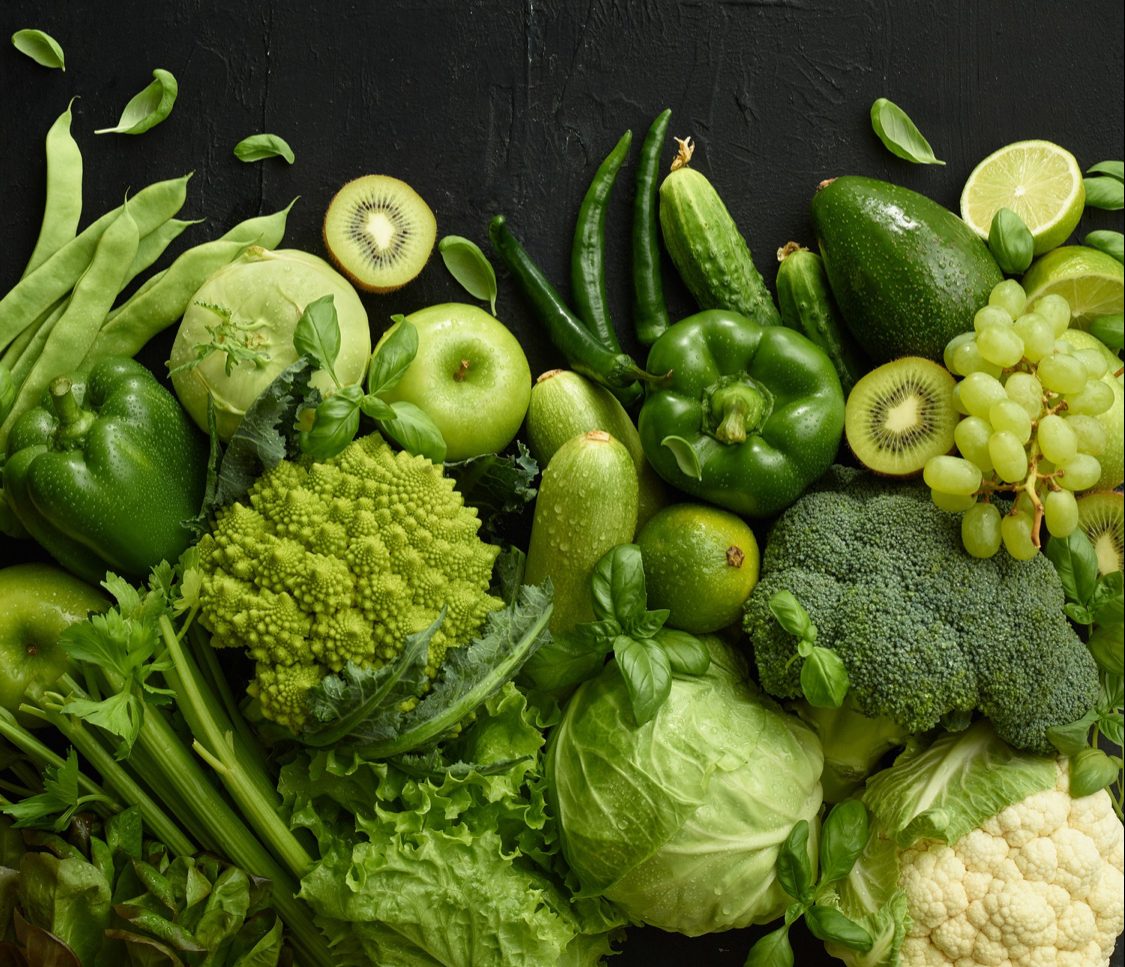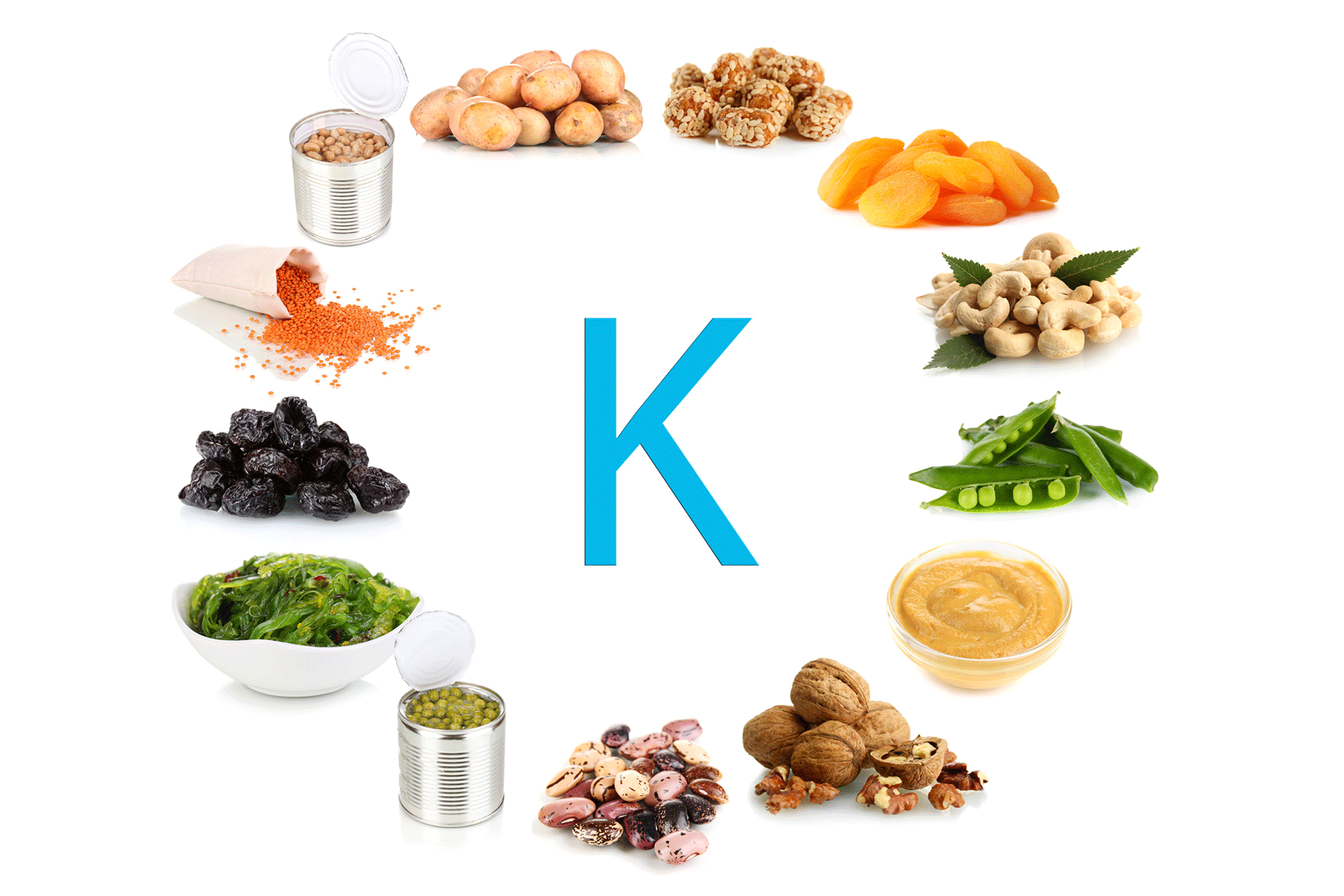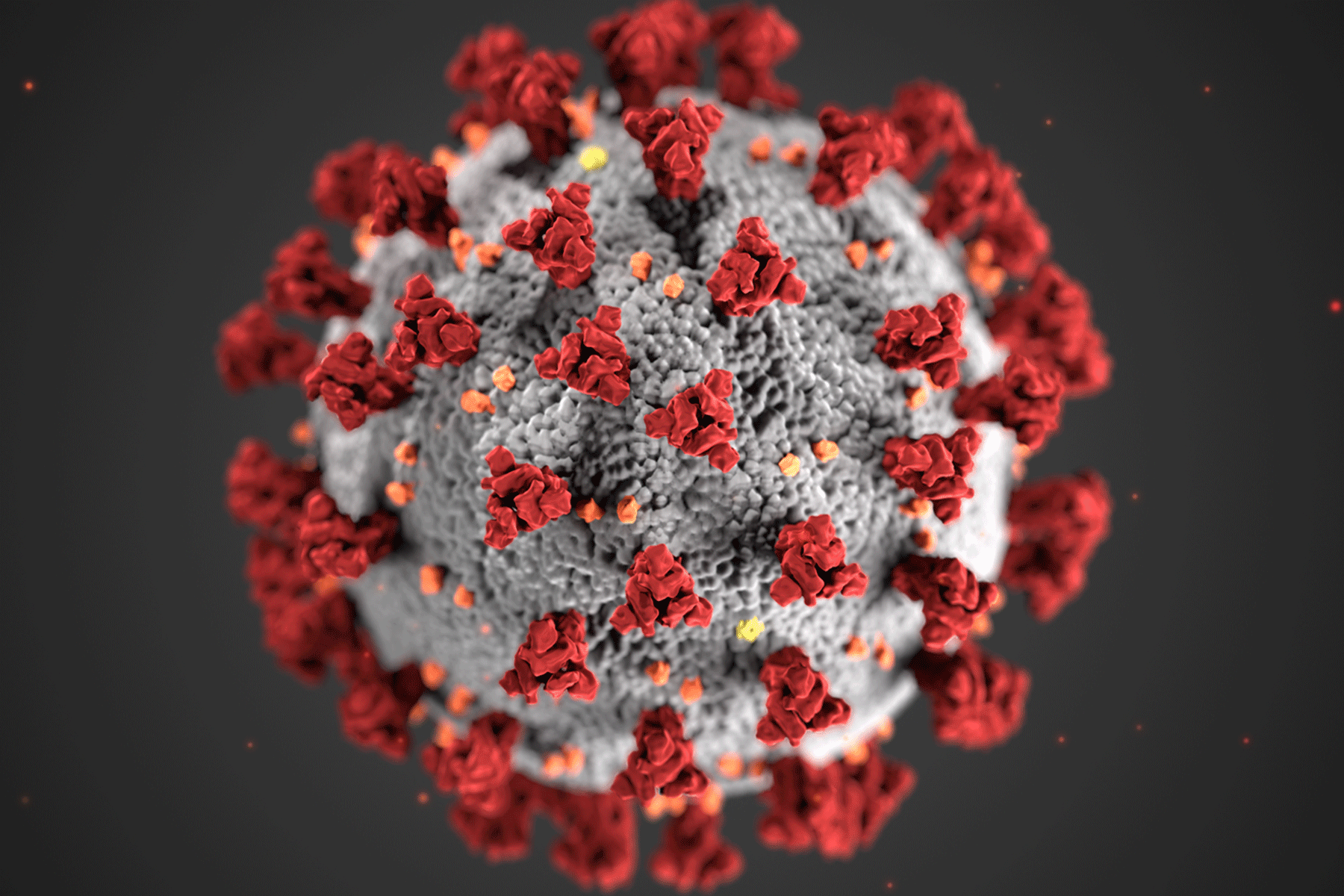For centuries, people have cooked in clay pots, valuing their ability to enhance flavours and distribute heat evenly. But with growing food safety concerns, many wonder—do these traditional vessels leach harmful substances into food? While natural clay is rich in minerals, modern treatments and glazes may introduce toxins like lead or arsenic. Understanding the risks and benefits of clay cookware helps ensure safe use. Let’s explore how to choose, season, and maintain clay pots to enjoy their advantages while avoiding potential health hazards.
What’s Inside a Clay Pot?
Clay pots are made from natural clay, which contains minerals like silica, alumina, and iron. Traditionally, they are shaped by hand, dried in the sun, and then fired at high temperatures to harden. However, modern production methods sometimes involve treatments that can affect their safety.
- Unprocessed Clay vs. Glazed Clay: Some pots are left unglazed, making them porous and ideal for slow cooking. Others are coated with glazes to improve durability and reduce porosity.
- Added Chemicals: Some manufacturers use synthetic coatings or lead-based glazes to enhance the look and lifespan of pots. These treatments can introduce toxins into food.
What Are the Risks of Cooking in Clay Pots?
Cooking in clay pots comes with potential hazards that depend on the quality and treatment of the clay. Understanding these risks helps in making informed choices about safe usage.
1. Lead and Heavy Metal Contamination
One of the biggest concerns is lead leaching. Some clay pots, especially those with bright glazes, contain lead-based finishes. When exposed to heat and acidic foods, lead can seep into the food, leading to serious health issues like:
- Neurological damage, especially in children
- Kidney and liver problems
- A weakened immune system
What You Can Do: Always choose lead-free, food-grade clay pots that are certified as safe.
2. Toxins from Contaminated Clay
If the clay used to make a pot comes from polluted areas, it might contain traces of arsenic, cadmium, or other harmful substances. Cooking in such pots could introduce these toxins into your meals.
Solution: Buy clay pots from reputable brands that source their clay from clean, safe environments.
3. Bacterial Growth in Porous Clay
Unglazed clay pot absorb water, which means they can develop micro-cracks over time. If not cleaned properly, bacteria and mould can grow inside these cracks, contaminating your food.
How to Prevent This: Dry clay pots thoroughly after washing and store them in a dry place.
4. Mineral Leaching and Nutrient Imbalance
Clay naturally releases small amounts of minerals into food. While this can be beneficial, excessive leaching from low-quality clay might alter the nutritional balance of your meals.
Tip: Use well-made, unprocessed clay pots that don’t break down easily over time.
The Benefits of Cooking in Clay Pots

Despite these concerns, clay pots offer many advantages when used correctly:
- Better Flavor: The porous nature of clay allows slow cooking, enhancing the taste and texture of food.
- Even Heat Distribution: Clay retains heat well, preventing food from burning or overcooking.
- Nutrient Preservation: Unlike metal cookware, clay does not react with acidic foods, helping to retain more vitamins and minerals.
- Eco-Friendly Choice: Clay pots are biodegradable and free from synthetic materials, making them a sustainable alternative to plastic or metal cookware.
How to Safely Use Clay Cookware
Using clay pot correctly ensures you get the best out of them while minimizing risks. Follow these steps to maintain safety and longevity.
1. Choose Lead-Free and Certified Pots
Look for labels that confirm the pot is free from lead, cadmium, and other toxins. Avoid brightly glazed pots unless they are explicitly marked as food-safe.
2. Season New Clay Pots Before Use
New clay pots need seasoning to strengthen them and reduce their porous nature. Here’s how:
- Soak the pot in water for 12-24 hours.
- Let it dry completely, then rub the inside with oil.
- Gradually heat the pot before using it for cooking.
3. Avoid Cooking Acidic Foods in Unverified Clay Pots
Tomatoes, vinegar, and citrus-based dishes can react with clay, causing unwanted substances to leach into food. If you’re unsure about the safety of your pot, stick to less acidic dishes.
4. Clean with Care
Use warm water and a soft brush to clean the clay pot. Avoid detergents, as they can seep into the porous surface and affect food safety. Always dry the pot thoroughly before storing.
5. Replace Damaged Pots
If a clay pot develops deep cracks or starts breaking down, it’s time to replace it. Cracked surfaces can trap food particles and bacteria, increasing health risks.
Final Thoughts
The answer depends on the quality of the pot and how you use it. When sourced and maintained correctly, traditional clay cookware can be a safe, eco-friendly, and flavorful way to prepare meals. However, poorly made or chemically treated pots pose serious health risks. To enjoy the benefits while staying safe, choose high-quality, lead-free clay pots, season them properly, and take care of their maintenance. This way, you can embrace the tradition of cooking in clay without worrying about hidden dangers in your meals.
 Food Manifest
Food Manifest 















